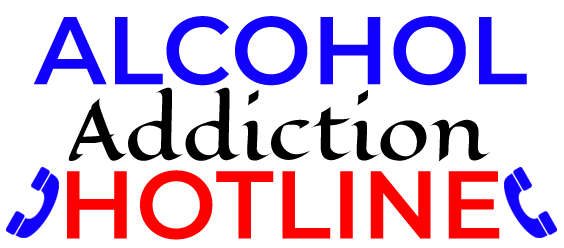Alcohol addiction, a complex and multifaceted condition, can have a profound impact on an individual’s life, relationships, and well-being. To truly understand alcohol addiction, it’s important to delve into the cycle that perpetuates it. In this blog post, we’ll break down the cycle of alcohol addiction, exploring its underlying causes and common triggers that keep individuals trapped in its grip.
The Vicious Cycle of Alcohol Addiction
Alcohol addiction, also known as alcoholism or alcohol use disorder (AUD), follows a cyclic pattern that can be challenging to break. This cycle typically involves four stages: craving, binge drinking, withdrawal, and preoccupation. Let’s take a closer look at each stage:
1. Craving: The Urge to Consume
The cycle begins with a craving for alcohol. This intense urge can stem from a variety of factors, including psychological stress, emotional distress, or even environmental cues. The brain’s reward system plays a significant role, as alcohol triggers the release of feel-good neurotransmitters like dopamine, reinforcing the desire to consume more.
2. Binge Drinking: Escalating Consumption
Once the craving takes hold, individuals often engage in binge drinking. This involves consuming large quantities of alcohol in a short period to achieve the desired effects. Binge drinking leads to a temporary sense of euphoria and relaxation, which can provide relief from stress or emotional pain.
3. Withdrawal: The Harsh Aftermath
After the effects of alcohol wear off, the body enters a state of withdrawal. This stage is characterized by physical and psychological symptoms such as tremors, anxiety, nausea, and irritability. To alleviate these discomforting symptoms, individuals may be driven to drink again, perpetuating the cycle.
4. Preoccupation: The Next Fix
As the withdrawal symptoms intensify, individuals become preoccupied with obtaining their next fix of alcohol. This preoccupation can dominate their thoughts, leading to a constant cycle of seeking and consuming alcohol to stave off withdrawal symptoms.

